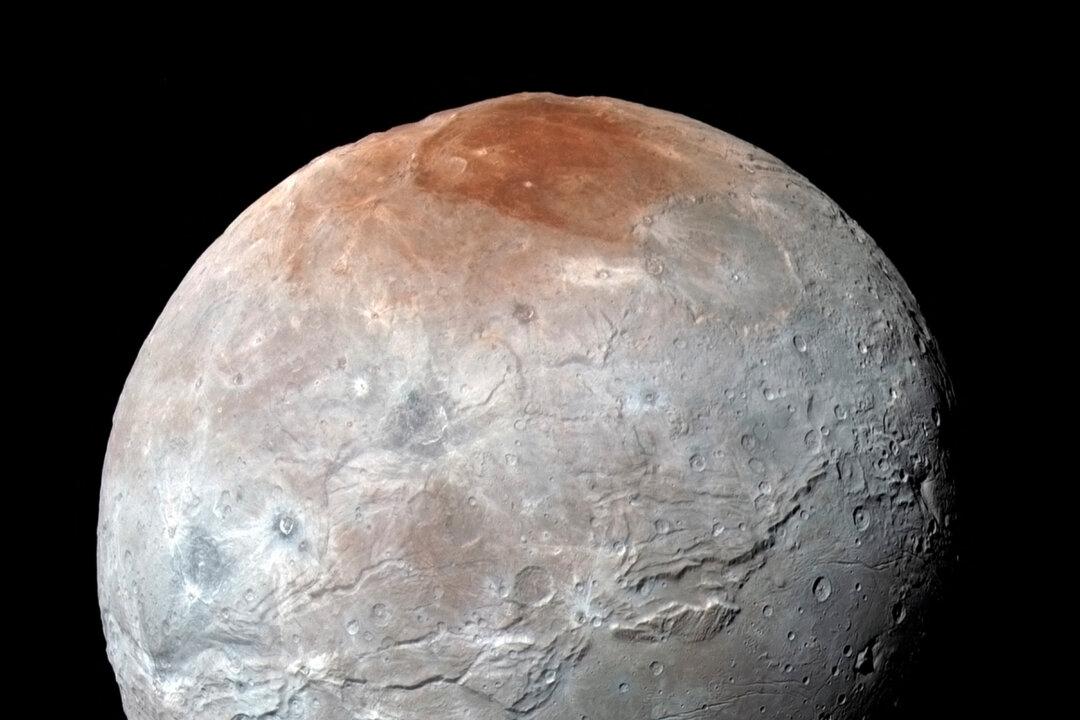WASHINGTON—Observations by the James Webb Space Telescope are giving scientists a fuller understanding about the composition and evolution of Pluto’s moon Charon, the largest moon orbiting any of our solar system’s dwarf planets.
Webb for the first time detected carbon dioxide and hydrogen peroxide - both frozen as solids - on the surface of Charon, a spherical body about 750 miles (1,200 km) in diameter, researchers said on Tuesday. Those are added to the water ice, ammonia-bearing compounds and organic materials previously documented on Charon’s surface.





